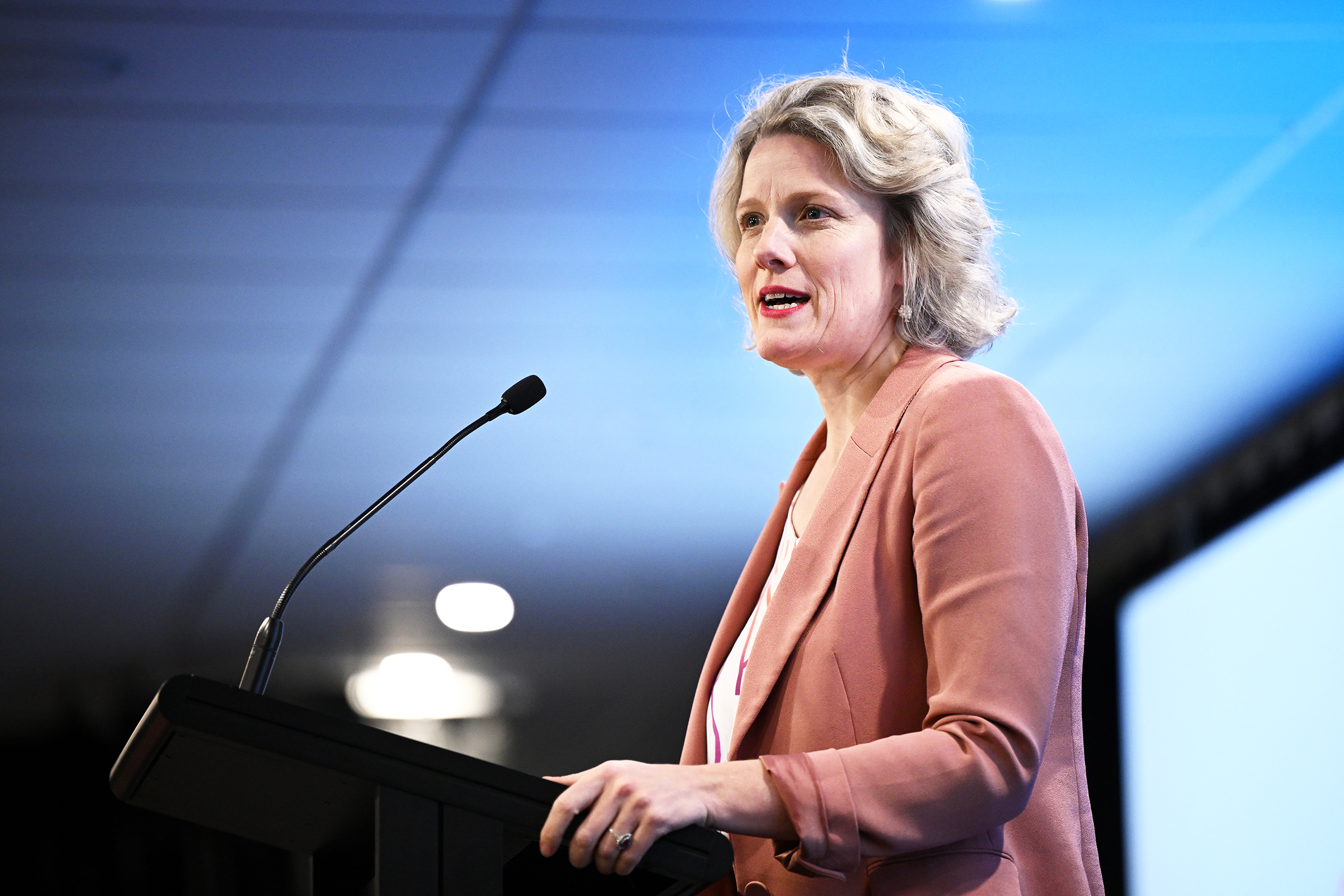When prime minister Anthony Albanese announced his second-term ministry, the focus was on who got what and who missed out. Beyond the factional musical chairs, though, he also redrew lines of responsibility between government departments. One upshot of this bureaucratic reshuffle is considerable extra authority for Clare O’Neil, who now has greater scope to recast Labor’s approach to national housing policy.
O’Neil’s enhanced control of the policy levers was laid down in the latest administrative arrangement orders, which are issued at the start of each government term. “It’s an absolutely vital document,” says Stephen Bartos, professor of government at the University of Canberra and a former a deputy secretary in the Department of Finance. “Public servants pay close attention to these orders, which set out departmental responsibilities.”
With no department of housing at the federal level, key responsibilities were previously scattered across different portfolios. The result, according to Australian Housing and Urban Research Institute researchers, has been “fragmented and fractured” housing policy.
Housing, rental and homelessness policy were the remit of the Department of Social Services; responsibility for building and construction lay with the Department of Industry, Science and Resources; the Department of Infrastructure, Transport, Regional Development, Communications and the Arts had carriage of cities.
All these responsibilities have been brought into Treasury, the powerful central agency where Clare O’Neil sits as minister.
The new administration arrangements also add land and planning policy to Treasury’s responsibilities. This is a surprise, given that neither was mentioned in previous administrative orders and both are generally state matters. As before, Treasury retains responsibility for population policy.
The new orders reinforce a trend, apparent in Labor’s first term, of positioning Treasury at the centre of housing policy and its implementation. With a growing team of dedicated housing staff, the department already had oversight of Housing Australia, the independent agency created to replace the National Housing Finance and Investment Corporation.
A comparison between Treasury’s pre- and post-election organisational charts shows housing will gain even greater prominence in the portfolio this term. A separate housing group led by a deputy secretary now reports directly to Treasury secretary Stephen Kennedy. Before, housing came under a deputy secretary who also looked after small business, corporate and law.
Hal Pawson from the City Futures Research Centre at UNSW hopes the revised arrangements indicate a new level of seriousness from the Albanese government. “It certainly opens the way for a more purposeful approach to housing policy,” he says.
Bartos agrees. He welcomes the shift of homelessness out of the social security portfolio. Locating it there, he says, suggested it was primarily a welfare issue. “That misses the point. The best way to fix homelessness is not through the welfare system but by giving people houses.”
The division of powers in Australia’s constitution still constrains Canberra’s sway over housing. “Putting Commonwealth responsibilities together is highly desirable, but housing is always difficult because the Commonwealth can only do so much,” says Bartos. “It’s up to the states to do a lot more as well.”
In its first term, Labor reinvigorated dialogue with state and territory housing ministers as Treasury led the development of the National Housing Accord and its “aspirational” target of 1.2 million well-located new homes by 2029. Canberra eventually committed a total of $4.5 billion to support this target in return for the states and territories expediting zoning, planning and land release. With land and planning policy now formally part of her portfolio, Clare O’Neil has the authority to push even harder on this.
Bringing the construction industry into the Treasury portfolio gives O’Neil scope to accelerate innovation — and hence productivity — in building. The Productivity Commission recently flagged stagnant productivity as a key contributor to the rising cost of residential construction.
No longer just minister for housing and homelessness, O’Neil is also minister for cities. “The last Commonwealth minister who made a substantial difference on cities was Tom Uren back in the days of [the Department of] Housing and Urban Development,” says Bartos. A minister in the Whitlam government, Uren was Albanese’s political mentor, and the prime minster acknowledges him as a father figure.
Cities are also primarily a state matter, though, so if Albanese and O’Neil plan to play a strong hand, Canberra must back up its initiatives with significant funding. “If they are prepared to put some serious money on the table, it’s possible they can make headway with the states,” says Bartos.
O’Neil, an energetic and articulate minister, now has a larger set of tools for repairing Australia’s housing system, and we can expect to hear more about her plans in a speech to the Property Council later this week. Hal Pawson hopes she will return to the task of crafting a national housing and homelessness strategy — one that would ideally be embedded in legislation. Despite nationwide consultations, the results of Labor’s first-term effort to develop a housing plan were underwhelming — not least because any discussion of tax reform was implicitly ruled out of bounds. Pawson says the government should revive the development of a national strategy by establishing an expert review under the Council on Federal Financial Relations. He sees this as a way of tying in the states and territories. And this time, he adds, property taxation must be on the agenda too.
Labor has been gun-shy on housing tax reform since suffering narrow electoral losses in 2016 and 2019 when leader Bill Shorten campaigned on a promise of change. It may have little room to move on the totemic issue of negative gearing, given repeated promises not to reopen the question. But Bartos thinks changes to capital gains tax on investment housing could be possible as part of a more comprehensive tax review.
Like many analysts, he thinks the generous 50 per cent capital gains tax discount encourages speculative investment in housing that drives up prices. Reducing the rate, he says, would “make huge inroads into making housing more affordable.” •




